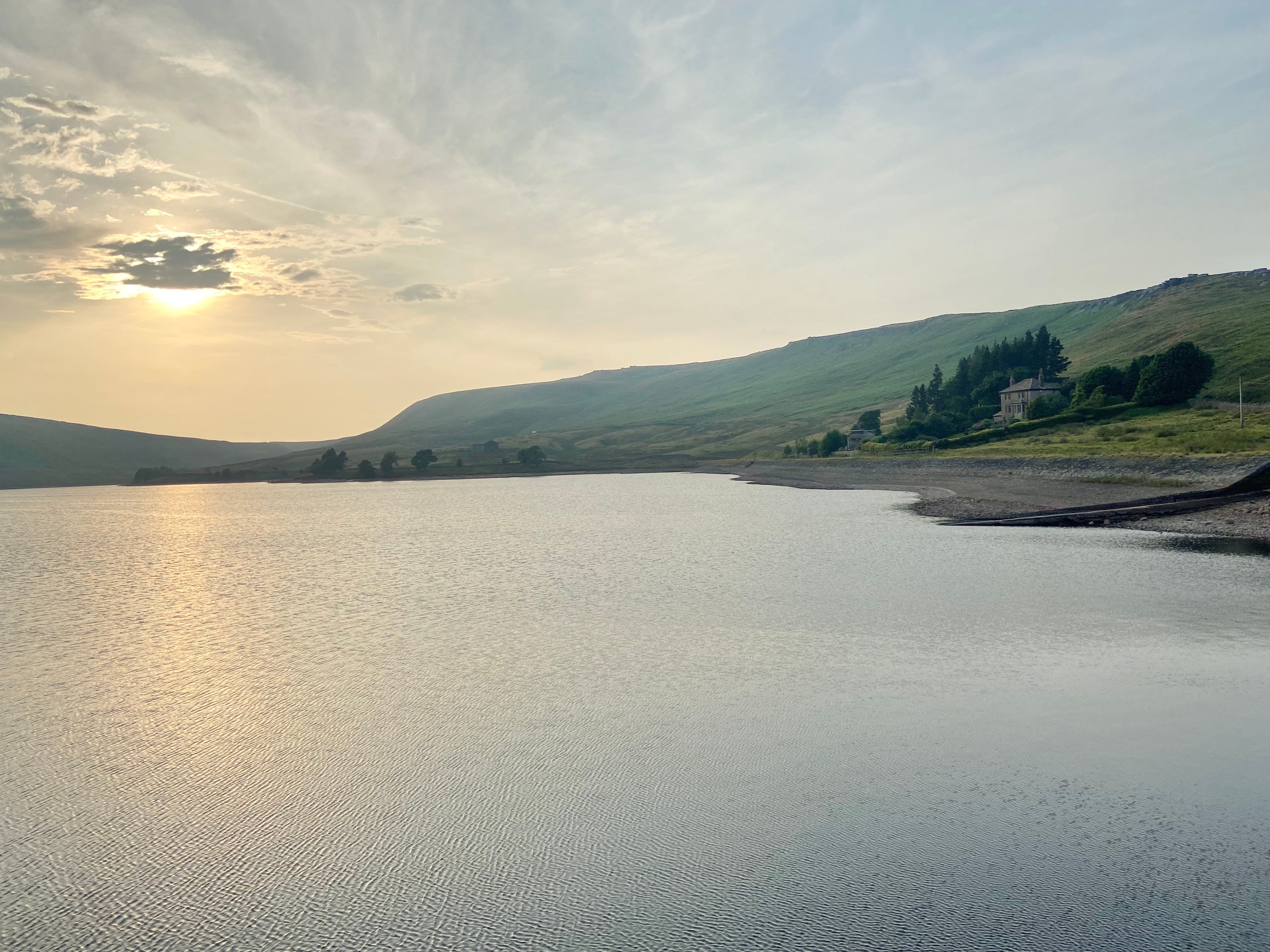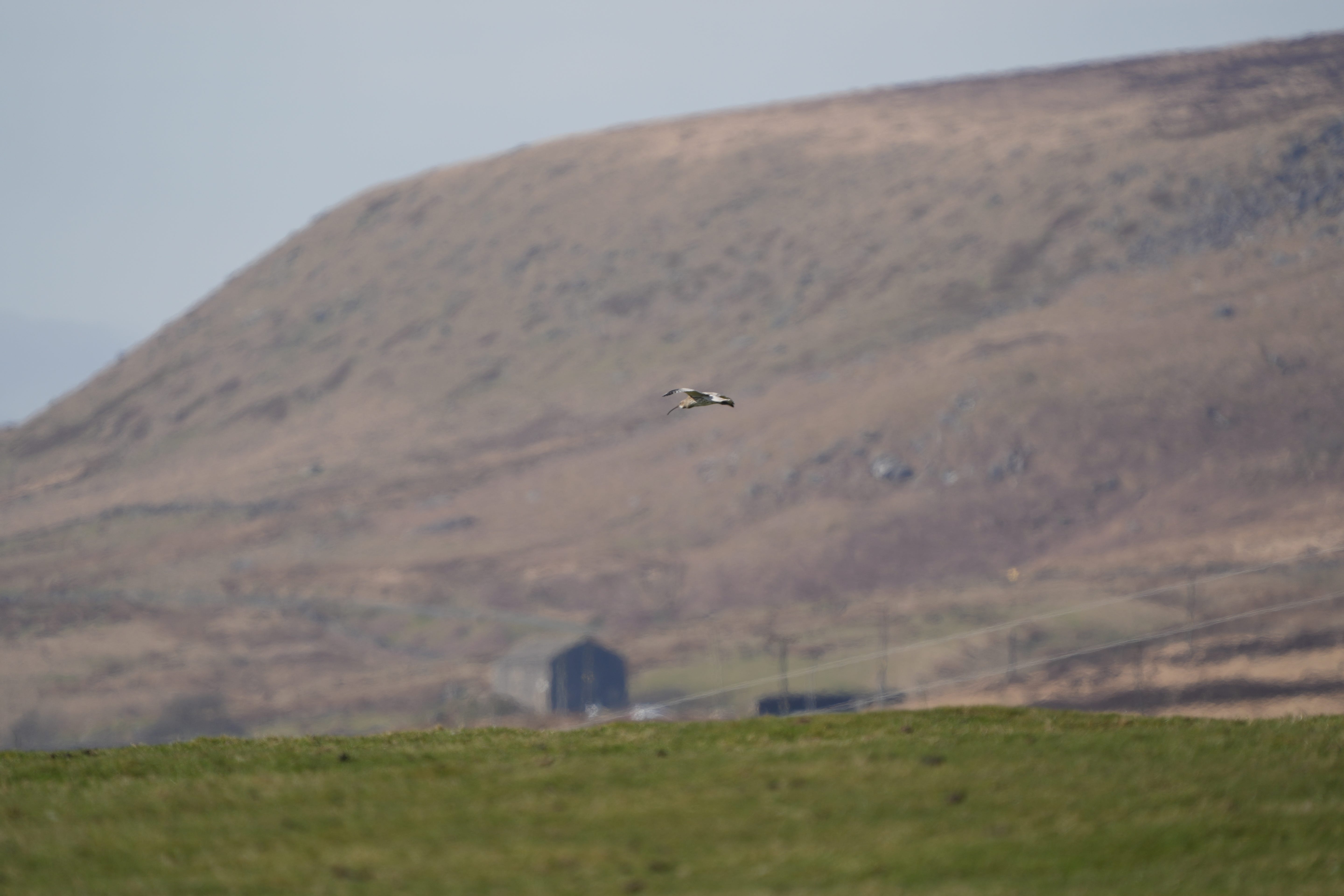Let's explore Walshaw moor!
Britain's secret national park in all but status is a West Yorkshire wildlife haven of grassland and peat moor habitats
Walshaw Moor consists of both Wadsworth Moor and Shackleton Moor situated between Burnley and Halifax in West Yorkshire, smack bang in the middle of the UK. It is in the centre of the major cities Manchester, Leeds and York and is widely regarded as a national park in all but official status.
The moorland is so precious for its habitat and wildlife that it has multiple protections including: Site of Special Scientific Interest (SSSI); Special Area of Conservation (SAC); sitting within the South Pennine Moors Special Protection Area (SPA) and it’s Priority Habitat for its blanket bog, heathland and nesting habitat for priority endangered animals.
You can reach Walshaw Moor from any of the surrounding towns’ bus and rail links, though it has a very limited number of small roads across it. The best access is on foot from the gateways to Walshaw Moor: Hebden Bridge and Todmorden, or on the other side, Haworth.
Some of my favourite walks are from Hebden Bridge across to Haworth or vice-versa. The two towns are well connected by the Brontë Bus and they are well catered for places to stay and eat. Or from one of these across to Burnley.
As a starter, I would aim for Widdop or Walshaw Dean reservoirs where there are easy paths, and then set off all over the place from there. Or plan a walk across the whole lot. There are lots of well connected paths and you’re allowed to walk wherever you want.
If you’ve never been, to set your expectations, the Brontë Sisters grew up in the Haworth Parsonage (which is now a good little museum) and Wuthering Heights is inspired by Walshaw Moor. In fact, it’s widely considered that the Top Withens ruined house is the inspiration for Emily Brontë’s Wuthering Heights book.
Walshaw Moor can be viewed as harsh and wild, but it’s that wilderness and ruggedness that I love.
The landscape inspiring other books by sisters Charlotte and Anne, including Charlotte Brontë’s Jane Eyre. Bustling hill life over the centuries has meant there is a lot of human history to unravel too, from Haworth to the hilltop village of Heptonstall, where poet Sylvia Plath is buried.
It would be easy to fill a weekend or week up with walks and visiting the villages and sights of Walshaw Moor. For me, the main reason to visit is to see and understand the Pennine Hill landscape and the wildlife. It is a bird and botanical paradise.
The Pennine Hills run vertically along the centre of the UK, part of the national Pennine Way walk runs across the middle of Walshaw Moor. The hills are made of various grit stones, a type of rough sandstone giving hints to their geological past as tropical sea beds billions of years ago. They have since gone through various ice ages, vast glaciers shaping the hills to what we see today with flat expanses.
Flat tops are a rare habitat globally that creates a raised wetland known as blanket bog, blanketing the stone. Constant moisture prevents plant matter properly decomposing locking all of the carbon they absorbed while living into the peat, reducing atmospheric carbon. Peat bogs create unique habitat for plant, insect and animal life that have evolved in these precious locations.
Most obvious, especially in spring, are the lapwings and endangered curlews, large ground nesting birds with the most incredible and beautiful calls that sound to me otherworldly. Like no other bird I’ve heard before. A walk across Walshaw Moor and you will hear them call out constantly.
There are many more species of birds to spot, including various birds of prey including multiple owl species. Frogs, toads and adders may also be spotted, plus stoats and weasels.
Unfortunately, a lot of the wonderful hill top moor landscape has been scarred by the abhorrent business of bird shooting for some time. Where shoots happen, wild birds are notably absent. Thankfully, shooting wild birds and releasing pheasants into the wild, both of which harm wildlife, are a dying activity.
For me, it is the gentle rolling hilltops surrounded by the wildlife that has become the key inspiration for my art in so many ways. The calmness of being up in the sky on the wide open moor, the quiet and solitude while accompanied by bird calls. The energy of the living hills beneath my feet. The wind in my hair and against my skin. Soft spongy peat covered in sphagnum moss and sundews. On a sunny day there is no better escape. On a stormy day, there is nowhere more raw and elemental.
Follow along this year as I share more adventures across Walshaw Moor.









Couldn’t agree more with everything you’ve said . Let’s hope we don’t lose it ….pat @ Shackleton
Lovely piece thank you. I'll look to planning a day out by bus/train from Preston. 40 years ago (eek) I was based in Bradford and was on the road for work. Drove all over the moors from the Keighley side. Love them.